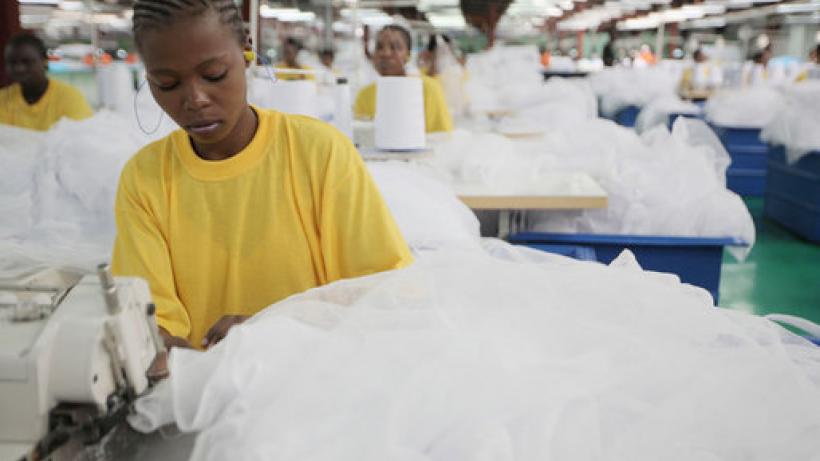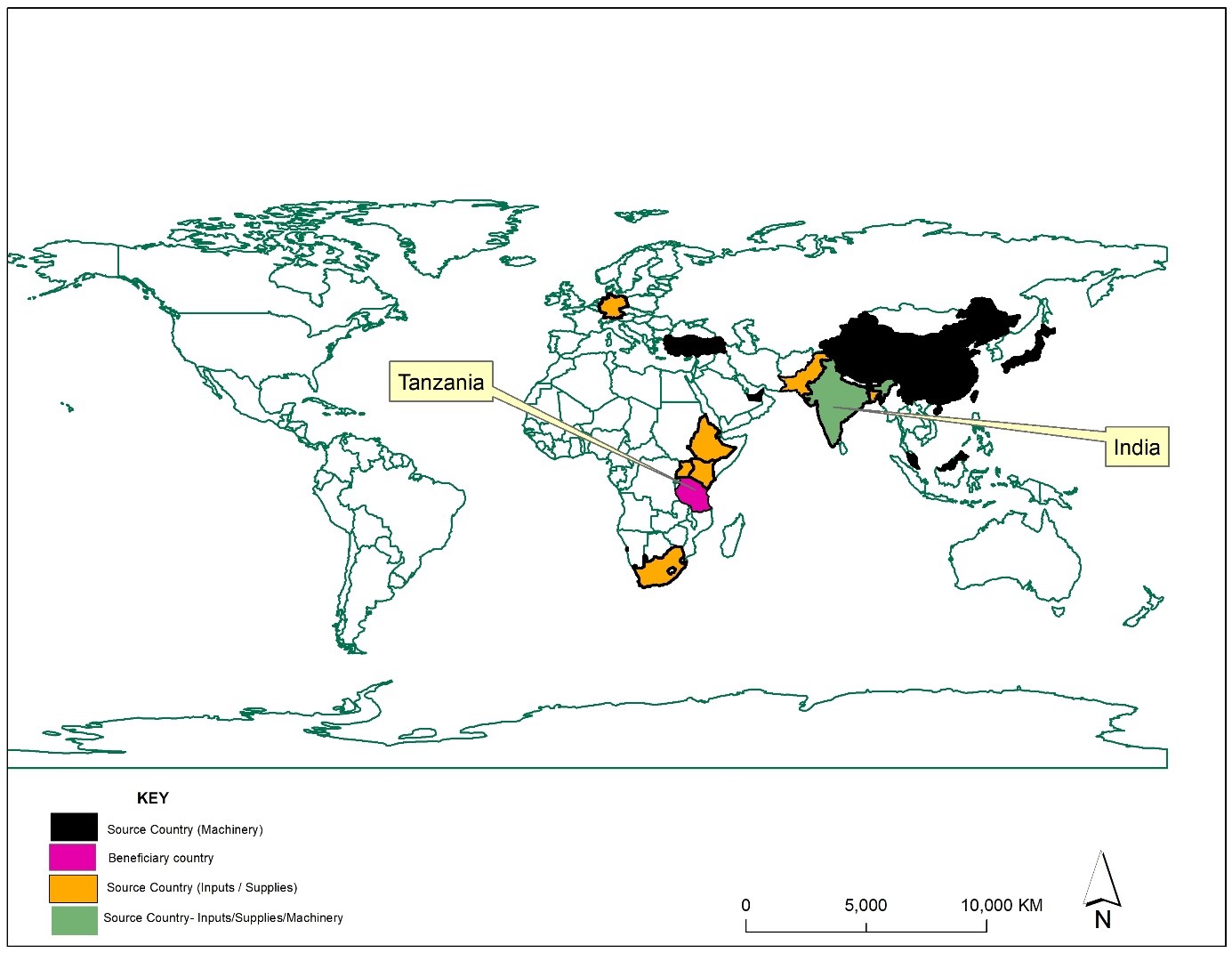
Tanzania’s textiles and apparel: Technology demand and the role of South-South trade
Technological progress and innovation are critical for long-term economic growth. Sub-Saharan Africa, however, continues to show huge productivity differentials, as firms operate with large gaps from available best practices in more advanced economies.
Adopting and adaptation of more efficient and effective technology to the context and specificities of the local economy is an important pathway for improving productivity. This requires a strong understanding of the nature of technology in any given sector, its demand, and existing linkages that facilitate its adoption.
The textile sector in Tanzania
The textiles and apparel sector is labour intensive with potential for high value addition. This is especially the case for Tanzania, one of the world’s largest cotton producers, where there is growing demand for improving its relatively low value addition, thereby creating better paying jobs and furthering the industrialisation process. Technological progress and innovation is no longer a one-way process or linear transfer, and the rise of the Global South (low- and middle-income countries in Asia, Africa, Latina America and the Caribbean) presents key international players that can supply more appropriate inputs to low-income countries. With intensified South-South trade, there has been a corresponding rise in opportunities for transfer of technology, machinery and inputs, characterised by an exchange of knowledge between Southern partners.
Unmet technology demand in Tanzania
The primary contribution of our study is the identification of unmet technology demand from Tanzanian textiles and apparel firms that are still operating with manual or semi-automatic machineries (Shepherd et al. forthcoming). This presents ample scope for more productive trade, technology transfer, and knowledge exchange. Evidence suggests that the majority of the innovations in products and processes are not new to the domestic market, though they are often new to the firm. Furthermore, the main research and development activities are on the lower end of the technological ladder. For instance, textile firms mostly do product standards quality improvement and machine software re-programming, while apparel firms do maintenance, repair, and operations.
Moreover, a unique contribution of our project was mapping the network of relationships between Tanzanian cotton textile and apparel firms, and the supply chain of technology and higher end inputs to Tanzania from its major trading partners. This is shown in Figure 1 below. In spite of the status of key priority and the numerous policies and strategies dedicated to it, the growth of this sector still remains elusive and the country falls far from the global technological frontier.
Policy implications: South-South cooperation as a solution
The Government of Tanzania could play a pivotal role in addressing some of the main barriers to investment and innovation reported by firms, such as high cost of finance, and excessive and inefficient bureaucracy and red tape. They should also encourage regional trade within the East African Community, as well as stimulate South-South cooperation for trade and technology transfer, by improving customs and streamlining administrative procedures.
[caption id="attachment_31404" align="aligncenter" width="751"] Figure 1: Tanzanian cotton textiles and apparel industry: Source countries for machinery, inputs, and supplies[/caption]
Figure 1: Tanzanian cotton textiles and apparel industry: Source countries for machinery, inputs, and supplies[/caption]
References
Shepherd, B, A Castro, A Saha, D Guariso (forthcoming), “Identifying pathways to economic development through India’s South-South knowledge transfers & exchange: Evidence from cotton apparel in Tanzania”, IGC project.
Editor's note: More information on this project can be found here.

